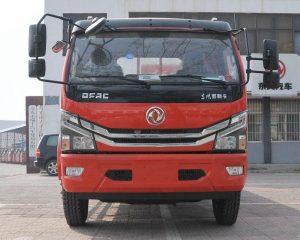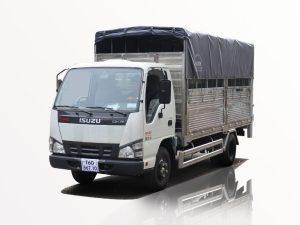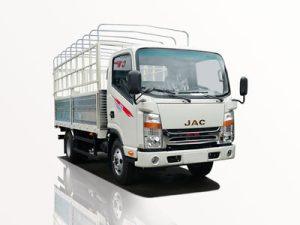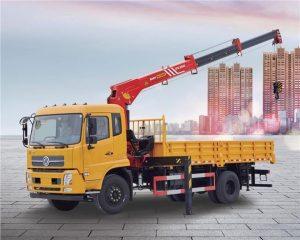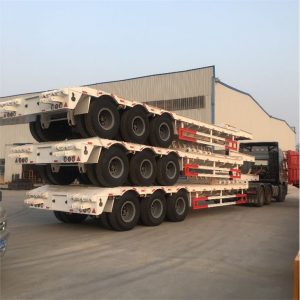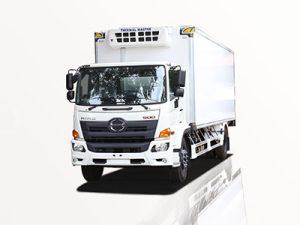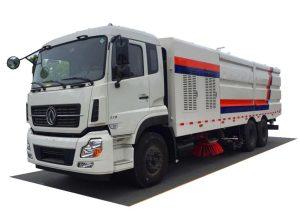Monday to Saturday - 8:00 -17:30
Understanding Fire Fighting Trucks: Essential Tools for Fire Safety
Fire fighting trucks play a crucial role in firefighting operations across the globe. These specialized vehicles are equipped with a variety of features and capabilities that allow firefighters to respond quickly and effectively to emergencies. In this article, we will explore the different types of fire fighting trucks, their components, operational strategies, and best practices for use and maintenance.
1. The Importance of Fire Fighting Trucks
Fire fighting trucks are the backbone of any fire department. They are designed to transport firefighters and their equipment to the scene of a fire, providing the necessary resources to combat flames and save lives. The importance of these trucks cannot be overstated, as they facilitate rapid response times and enhance overall fire safety.
2. Types of Fire Fighting Trucks
2.1 Pumper Trucks
Pumper trucks are the most common type of fire fighting vehicle. They are equipped with a water tank, hoses, and a pump, which allows firefighters to deliver water directly to the fire. Pumper trucks come in various sizes, making them suitable for urban and rural areas.
2.2 Aerial Trucks
Aerial trucks, also known as ladder trucks, feature an extendable ladder and elevated platform. These trucks are essential for reaching high-rise buildings and performing rescues or applying water from above. They are particularly useful in urban environments.
2.3 Tankers
Tankers are designed to transport large quantities of water to areas that lack a reliable water supply. They are essential in rural settings, where fire hydrants may be scarce, and they help ensure firefighters have access to adequate water.
2.4 Wildland Fire Engines
Wildland fire engines are built for maneuverability in rugged terrains, equipped with off-road tires and water tanks suitable for fighting forest fires. They can traverse challenging landscapes and are essential during wildfire seasons.
2.4.1 Features of Wildland Fire Engines
- Low-profile design for easier transportation.
- Sipper tanks for quick refills.
- Portable pumps for remote areas.
3. Key Components of Fire Fighting Trucks
3.1 Water Tanks
The water tank is a vital component of fire fighting trucks. The capacity of these tanks can vary significantly, from a few hundred gallons in smaller trucks to several thousand gallons in larger tankers. Understanding the capacity is essential for determining how long firefighters can operate before needing to refill.
3.2 Pump Systems
Fire fighting trucks are equipped with powerful pumps that can deliver water at high pressures. These pumps provide the necessary force to combat fires effectively. They can be powered by the truck’s engine or operated independently.
3.3 Hose Reels and Nozzles
Hose reels store fire hoses, allowing for quick access. Nozzles are attached to hoses and are responsible for controlling the flow and direction of water. Different nozzles can produce various spray patterns, suitable for different firefighting scenarios.
3.4 Emergency Lighting and Sirens
Fire fighting trucks are equipped with emergency lights and sirens to alert the public and ensure a clear path during emergencies. These features are essential for safe and efficient responses.
4. Operational Strategies for Fire Fighting Trucks
4.1 Responding to Calls
Fire fighting trucks must respond quickly to calls. Training is essential, as drivers must navigate traffic and reach the scene efficiently. Communication within the fire department aids in strategic response planning.
4.2 Setting Up on Scene
Upon arrival, firefighters must quickly assess the situation and deploy their equipment. There are systematic protocols for setting up hoses, pumps, and aerial platforms depending on the nature of the fire.
5. Maintenance of Fire Fighting Trucks
5.1 Routine Inspections
Regular inspections of fire fighting trucks are crucial. These checks include monitoring fluid levels, testing pump systems, and ensuring all emergency equipment is functional.
5.2 Scheduled Maintenance
Scheduled maintenance should follow the manufacturer’s recommendations. This includes oil changes, brake inspections, and tire rotations. Keeping trucks in top condition reduces the risk of breakdowns during emergencies.
6. Safety Measures for Firefighters
6.1 Personal Protective Equipment (PPE)
Firefighters must wear appropriate PPE when operating fire fighting trucks. This includes helmets, gloves, jackets, and boots designed to withstand heat and provide necessary protection.
6.2 Training and Drills
Effective training and regular drills are essential to ensure all personnel are familiar with the equipment and protocols. This allows for better response times and reduces the chances of accidents during operations.
7. Innovations in Fire Fighting Truck Technology
7.1 GPS and Navigation Systems
Modern fire fighting trucks are often equipped with advanced GPS systems to facilitate rapid navigation. These systems help firefighters avoid traffic and find the best route to emergencies.
7.2 Enhanced Communication Tools
Improved communication tools, including radios and mobile devices, help ensure coordinated efforts during emergencies. This technology helps to streamline operations and improve overall efficiency.
8. Case Studies: Successful Operations Using Fire Fighting Trucks
8.1 Urban Fire Response
Many cities have developed strategies that utilize pumper and aerial trucks to combat urban fires effectively. For example, the Los Angeles Fire Department employs a fleet of aerial ladder trucks that significantly improved their response times for high-rise fires. Coordination with local law enforcement further enhances their ability to secure the area swiftly.
8.2 Fighting Wildfires
During wildfire season, fire fighting trucks like wildland fire engines have been crucial in containing large-scale fires. In 2020, teams employed these trucks to build fire lines and protect homes in areas at risk, showcasing the effectiveness of these specialized vehicles.
9. Best Practices for Fire Fighting Truck Operations
9.1 Deploying Resources Wisely
Fire departments should conduct regular training on how to deploy fire fighting trucks based on the type of emergencies they encounter. Understanding the strengths and capabilities of each type of truck leads to better outcomes during urgent situations.
9.2 Community Engagement
Engaging with the community through fire safety workshops helps educate the public on fire prevention and the role of fire fighting trucks. This can foster better relationships and a more informed populace, enhancing overall safety efforts.
10. Advantages of Fire Fighting Trucks
Overall, fire fighting trucks enhance emergency response, provide essential resources, and save lives. Here’s a summary of their main advantages:
| Advantages | Description |
|---|---|
| Rapid Response | Trucks are equipped for quick deployment in emergencies. |
| Versatility | Different truck types cater to various firefighting needs. |
| Resource Availability | Trucks carry essential tools and water to combat fires effectively. |
FAQ Section
Frequently Asked Questions about Fire Fighting Trucks
1. What is the average cost of a fire fighting truck?
The cost of a fire fighting truck can vary widely depending on its type and specifications, typically ranging from $250,000 to over $1 million for specialized units.
2. How often should fire fighting trucks be maintained?
Fire fighting trucks should undergo routine inspections monthly and more extensive maintenance according to a set schedule or manufacturer’s recommendations, often every six months to a year.
3. What types of fire fighting trucks are best for urban areas?
Pumper trucks and aerial trucks are ideal for urban settings, as they provide rapid water delivery and access to high buildings.
4. How do wildland fire engines differ from other trucks?
Wildland fire engines are designed for off-road use, equipped with features suitable for rugged terrains, unlike regular fire trucks that may operate in urban settings.
5. Can fire fighting trucks be customized?
Yes, many fire departments customize their fire fighting trucks to meet specific operational needs, including size, equipment, and appearance.
6. What advancements are being made in fire fighting truck technology?
Recent advancements include GPS navigation, enhanced communication systems, and improved pump technologies, all aimed at increasing efficiency and safety in firefighting operations.


